* Bank CEOs express concerns about Dodd-Frank rules
* Fed's Tarullo listens but does not respond at meeting
* Stress tests also discussed at meeting
By Dave Clarke
May 2 (Reuters) - The chiefs of six large U.S. banks, meeting on Wednesday with a key Federal Reserve official, aired their grievances about a host of proposed regulations meant to prevent a repeat of the 2007-2009 financial crisis.
The CEOs met with Fed Governor Daniel Tarullo at the Federal Reserve Bank of New York, where they discussed the stress tests that the central bank administers to the largest U.S. banks.
The point of the tests is to gauge how well big banks, those with more than $50 billion in assets, would stand up to a dramatic economic downturn or shock to the financial system.
The CEOs also used the meeting, however, to press their case that the Fed should ease back on proposed rules concerning the amount of credit exposure banks can have to other large financial companies, new trading restrictions and how much of a stake they will have to keep in loans that they later package into securities.
A summary of the meeting was posted on the Fed's website.
The Fed said that Tarullo listened to these concerns but made clear that he would not, during the meeting, "respond or reply to views expressed by the bank representatives."
The chief executives who attended the meeting were: Jamie Dimon of JPMorgan Chase & Co, Lloyd Blankfein of Goldman Sachs Group Inc, Richard Davis of U.S. Bancorp, James Gorman of Morgan Stanley, Brian Moynihan of Bank of America Corp and Jay Hooley of State Street Corp .
The rules in question were all required by the 2010 Dodd-Frank financial oversight law.
In recent weeks banks have been particularly vocal about their qualms over a set of proposals released late last year that the Fed was gathering comment on through April 30.
The banks, through their trade groups, argued that the proposals appear aimed at making them smaller instead of only more stable.
Wall Street banks have focused most of their ire on a proposal to limit their credit exposure to a single counterparty as a percentage of the company's regulatory capital.
Credit exposures between the largest of the big banks would be subject to an even tighter limit. A bank with more than $500 billion in consolidated assets could not have a credit exposure of more than 10 percent to another bank of that size.
The banks have argued that 10 percent threshold relies on flawed methodologies, has not been studied and will strain financial markets and the companies that rely on them for funding.
Wall Street critics who view the banks as too big or at least over leveraged have called for making the credit exposure proposal even tighter.
"To the extent that banks find the single counterparty position limit onerous, this should only alarm us with respect to the great interconnectedness of the system," a group of Stanford University professors led by Anat Admati wrote in an April 30 letter to the Fed.
Most of the discussion of the stress tests, the results of which were released in March, involved the structure and process of the exercise as opposed to anything about a specific bank's result, according to a person familiar with the discussion.
